Realistic Shading and Texturing Implemented by Blender Nodes – 블렌더 노드로 구현하는 리얼리스틱 셰이딩과 텍스처링 [Coloso, Digital Potter, Group Buy]
Release date:2023
Duration:07 h 42 m
Author:Digital Potter
Skill level:Beginner
Language:Korean
Exercise files:Yes
If you’re a 3D artist, you must conquer the core strategy of nodes!
Do you find yourself struggling to locate assets? Perhaps you’re passionate about a particular app but find it challenging to express your thoughts accurately.
Fear not! By learning the principles of nodes, which may have seemed daunting, you’ll gain the ability to navigate and utilize them effectively.
Renowned 3D artist Lee Kyung-moo will guide you through the fundamental principles of node-based mathematical composition, crucial in 3D programs. Building a strong foundation, you’ll gain an original understanding of how result values are reflected in operations.
Blender, a free tool, simplifies node usage compared to other programs like Maya Max. Learn how to operate Blender, connect with external tools, and apply various skills to enhance your work.
Explore Lee Kyung-Moo’s portfolio, where he masterfully expresses everything using Blender.
No matter how adept you are at modeling, achieving beautiful and realistic expressions can be challenging. Real-time render tools are efficient but may compromise quality. Shaders and texturing are key to elevating your work!
Learn to utilize nodes based on light and matter properties, experimenting with materials like glass and metal. Experience shading and texturing in a dimension you haven’t explored before through various examples.
This class, designed to address the lack of procedural tutorials in English, encourages collaborative practice. Join 3D artist Kyung-Moo Lee in exploring how to maximize Blender’s potential with customizable textures.
Class Structure:
Part 1: Learn the properties of a node
- Example 1: Reflected LightUnderstand BSDF and simulate Caustics using the Incoming property of the Geometry node.
- Example 2: GlassCompare EEVEE and Cycles in the glass shader, expressing the transmittance of transparent glass texture.
- Example 3: HairGrasp the properties of the Geometry node, differentiating between Hair Info and Hair Shader.
- Example 4: Refraction of LightExplore various Light Path nodes based on light reflection.
- Example 5: Absorption of LightImplement Beer Lambert Law, considering incident light thickness, transmitted light, and absorbent material.
- Example 6: Scattering of LightDive into shading techniques, trying God Ray with Volume Scatter.
Part 2: Practice
- Example 7: MetalCreate a procedural material from node to texturing for a metal appearance.



![Realistic Shading and Texturing Implemented by Blender Nodes – 블렌더 노드로 구현하는 리얼리스틱 셰이딩과 텍스처링 [Coloso, Digital Potter, Group Buy] img](https://online-courses.club/wp-content/uploads/2024/03/블렌더-노드로-구현하는-리얼리스틱-셰이딩과-텍스처링.png)

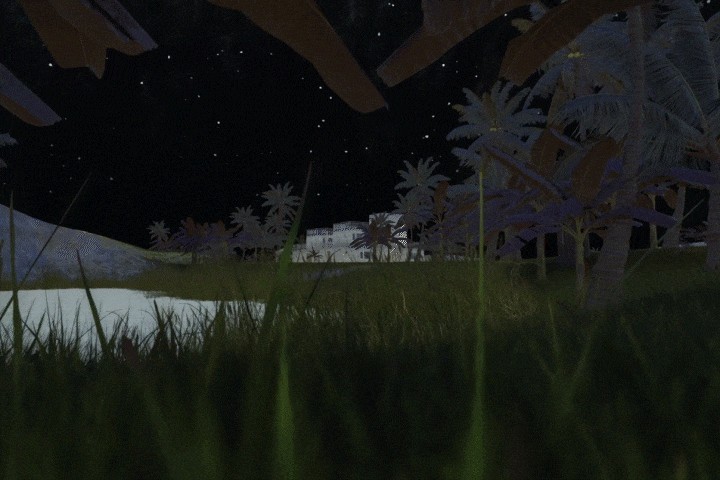
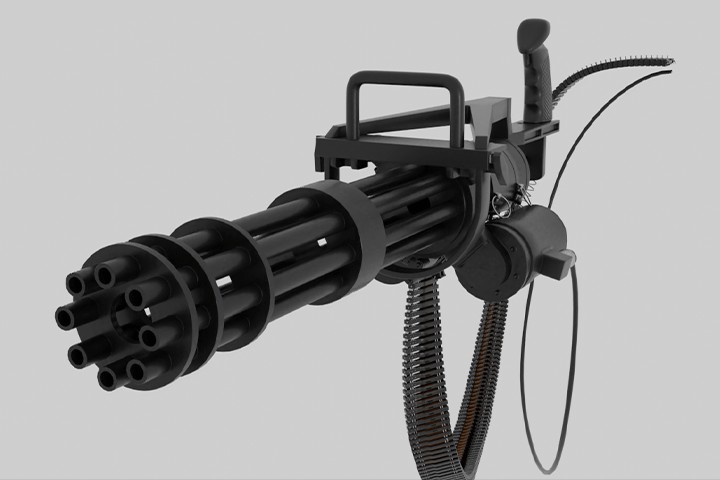
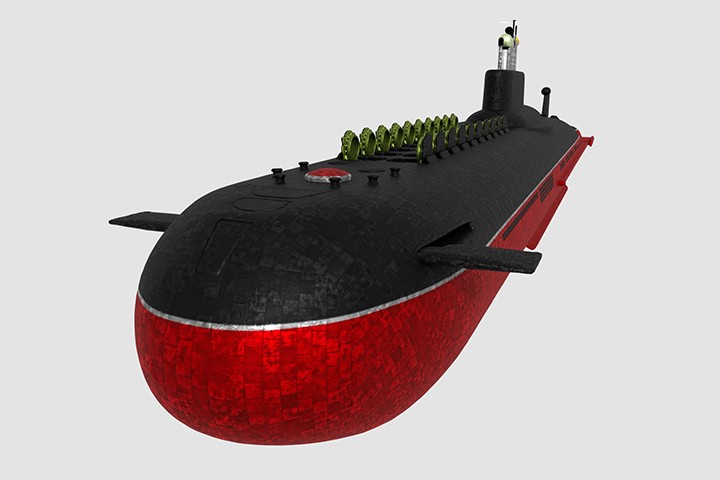
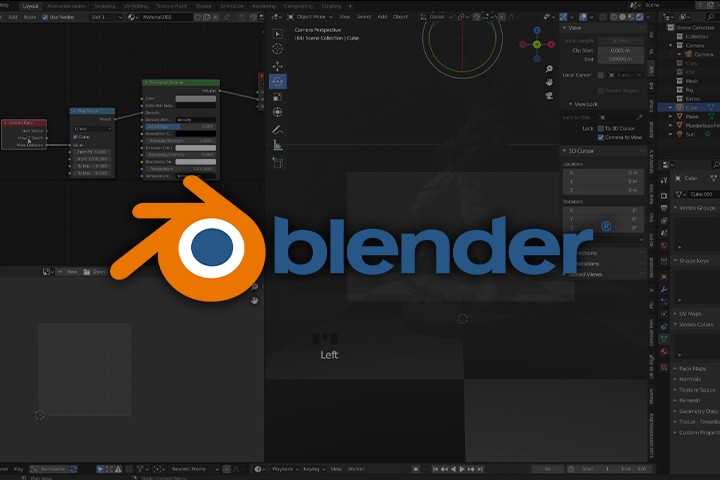
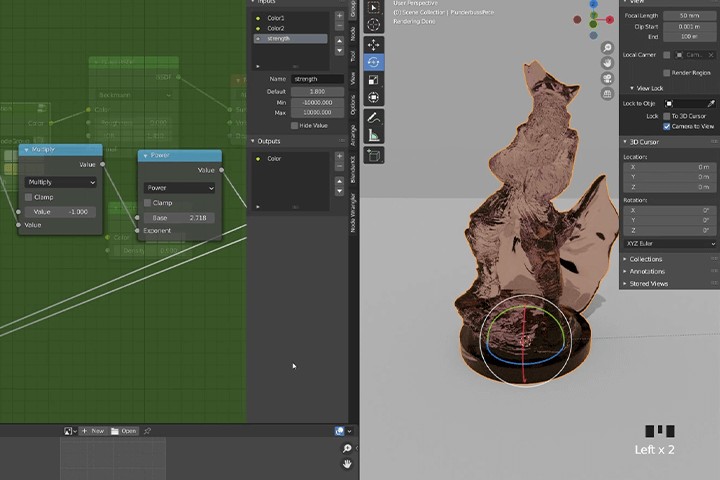

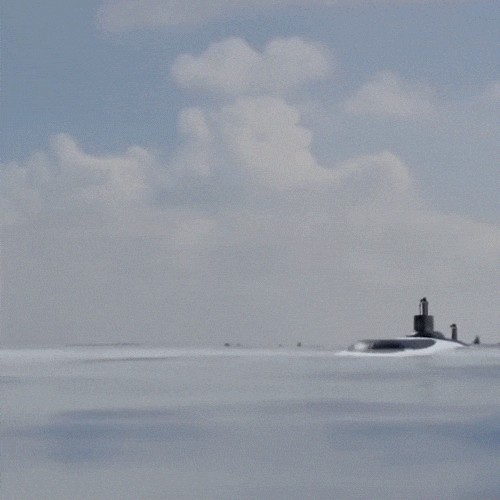


 Channel
Channel





